The V&A’s major retrospective of Lee Alexander McQueen is a fitting tribute to the visionary fashion designer.
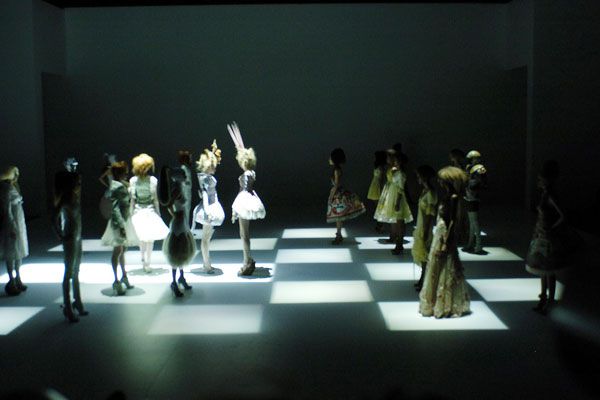
April 13th, 2015
Legendary fashion designer Lee Alexander McQueen was a visionary whose rebellious and singular vision made him one of the most celebrated British designers. He once said: “The collections at the V&A never fail to intrigue and inspire me. The nation is privileged to have access to such a resource… it’s the sort of place I’d like to be shut in overnight.” So, it’s only fitting that the London museum – which was one of the first museums to show McQueen’s work in 1997 – is currently hosting Savage Beauty, the only major retrospective in Europe of the designer’s work.
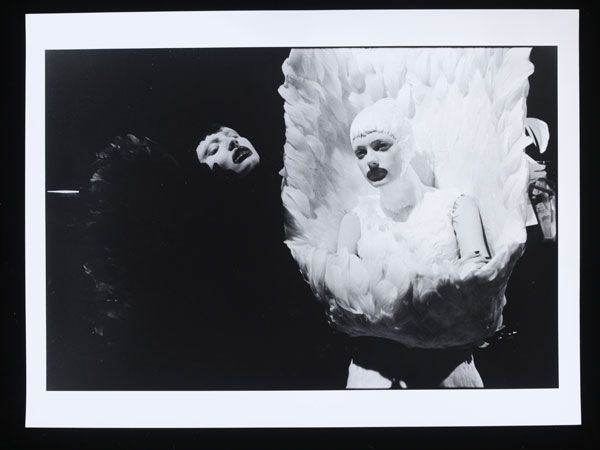
Savage Beauty was originally shown at the Costume Institute at the Metropolitan Museum of Art in New York, where it was the second most popular exhibition in the museum’s history. The exhibition’s second – more extensive – showing at London’s V&A looks set to be just as popular.
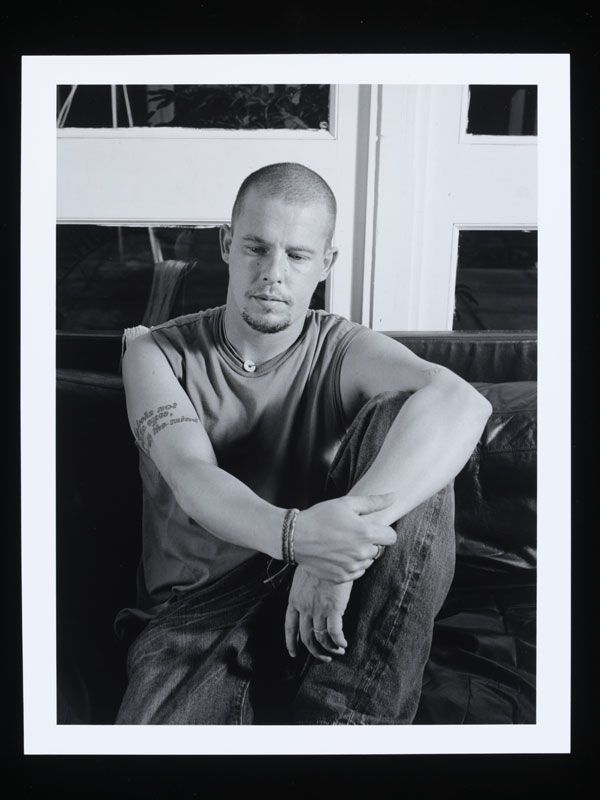
For the V&A’s larger galleries, the exhibition has been edited and expanded. An additional 66 pieces successfully fill the space without overwhelming it, and the new section focusing on McQueen’s early London collections is a fitting tribute to the designer’s home city.

The exhibition successfully showcases McQueen’s full creative output, from his 1992 Central Saint Martin’s postgraduate collection (which was bought in its entirety by Isabella Blow) to his final designs for A/W 2010, which were completed shortly after his untimely death.
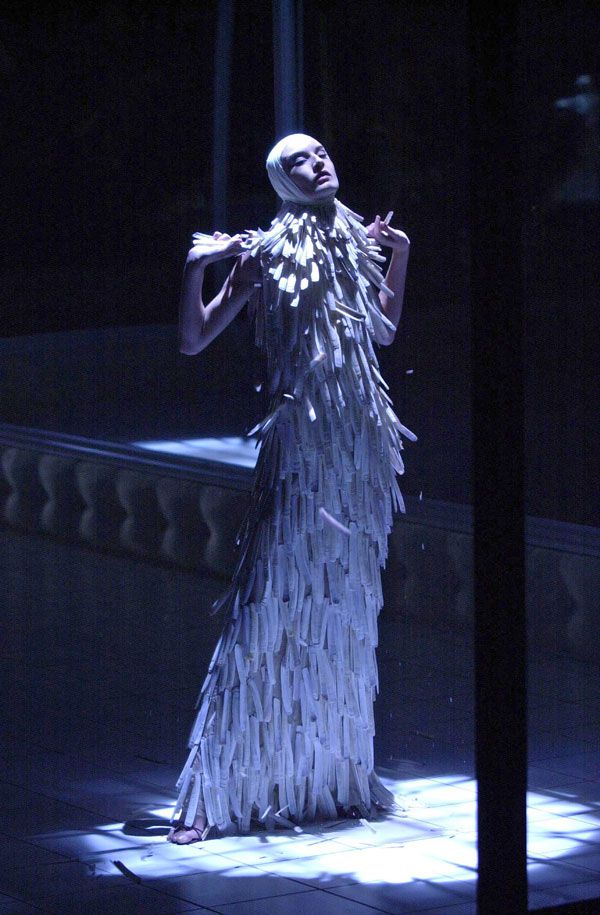
The exhibition design was done in collaboration with Gainsbury and Whiting, the production company that collaborated with McQeen on his catwalk shows. As such, the drama and extravagance of the catwalk is brought inside the museum – including the infamous Kate Moss holographic 3D image.
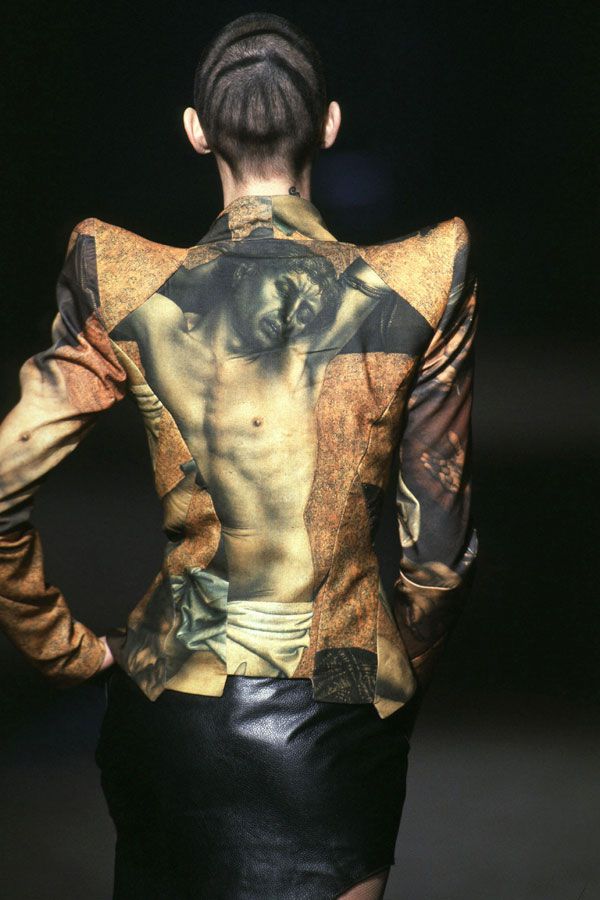
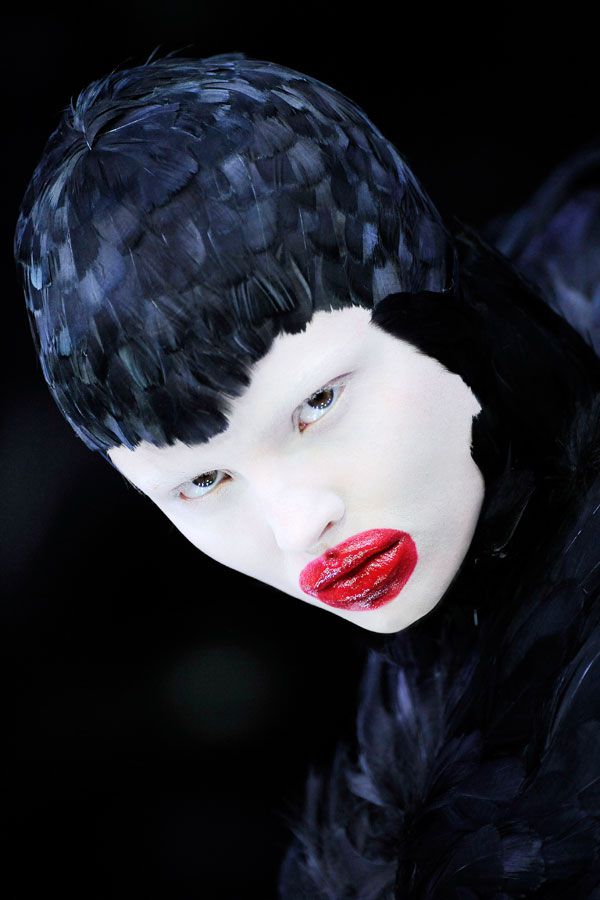
Rather than a narrative or biographical exhibition, Savage Beauty has been curated thematically – a successful approach from a design perspective, however slightly frustrating when it comes to trying to discern who McQueen was behind his collections.


The exhibition comprises ten rooms, each designed to reflect the themes explored by McQueen’s collections over the course of his career – from ‘London’, which explores the raw creativity of his early work to ‘Romantic Exoticim’, which showcases his later preoccupation with traditional Japanese dress. ‘Romantic Nationalism’, which focuses on McQueen’s fascination with his Scottish heritage, is a wood-panelled room full of tartan; and the tribal-inspired pieces in ‘Romantic Primitivism’ are set against eerie bone-covered walls.


At the heart of the exhibition is ‘The Cabinet of Curiosities’ – a double-height gallery displaying over 120 garments and accessories alongside film footage from catwalk presentations.

Savage Beauty is showing at the V&A until 2 August 2015.
INDESIGN is on instagram
Follow @indesignlive
A searchable and comprehensive guide for specifying leading products and their suppliers
Keep up to date with the latest and greatest from our industry BFF's!

London-based design duo Raw Edges have joined forces with Established & Sons and Tongue & Groove to introduce Wall to Wall – a hand-stained, “living collection” that transforms parquet flooring into a canvas of colour, pattern, and possibility.

A curated exhibition in Frederiksstaden captures the spirit of Australian design
The University of New South Wales are holding their annual Bachelor of Interior Architecture Graduation Exhibition from 5-6 December. The exhibition, [x]form, will be held at SCEGGS, Darlinghurst, and feature the work of designers graduating from the BIA degree. Starts: 5 December 2008Venue: The Great Hall, SCEGGS DarlinghurstContact: xform@fbe.unsw.edu.auWeb: xform.net.au
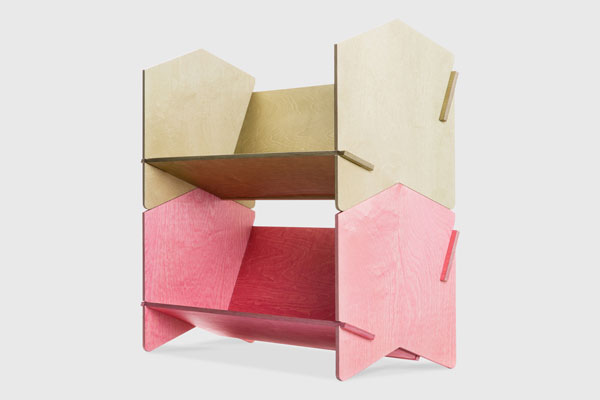
NOMI and renowned designer Henry Wilson have launched the much anticipated Chevron Shelves.
The internet never sleeps! Here's the stuff you might have missed
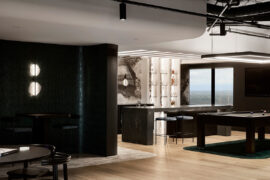
The shared Melbourne office brings together Studio 103 and McCormack in a dual headquarter that doubles as a showcase of materials and craft.

From Valmont to GEYER VALMONT, Marcel Zalloua walks us through some of the milestones of what has been a fruitful, busy career in design.
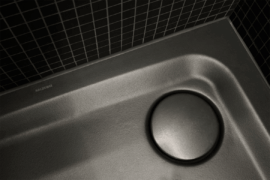
Overlooking Berlin Zoo, the suites of the 25hours Hotel Bikini Berlin curate the sustainability ethos in an entirely unique and dynamic aesthetic. Think natural fabrics and materials, jewel-hued colours, curves and cushions, spa-like bathrooms and hammocks with views over urban greenery.